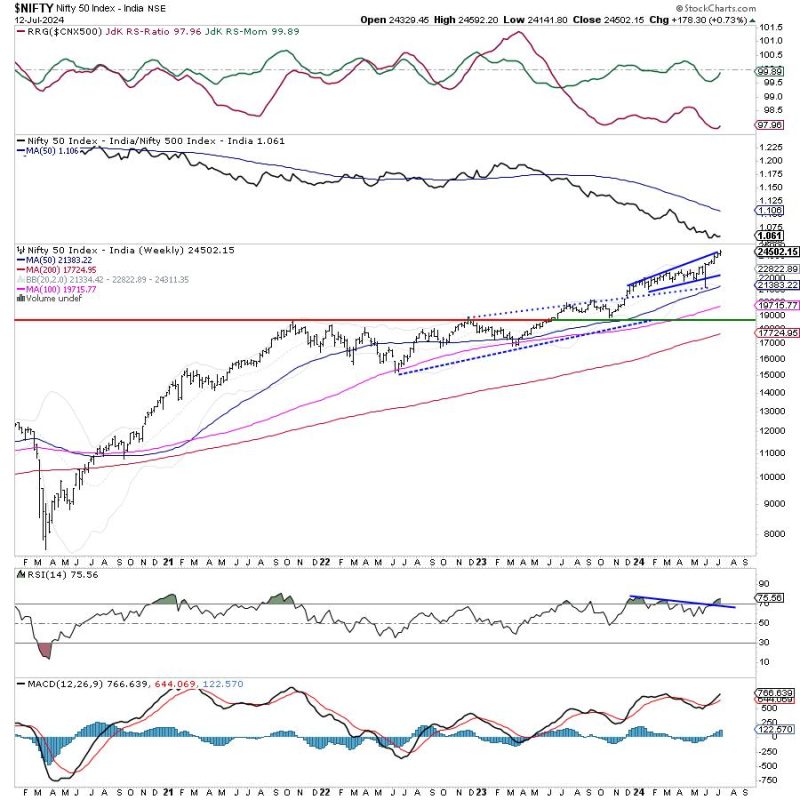The article you provided discusses the Nifty’s significant deviation from its mean and the need for vigilance at higher levels. This phenomenon can have a significant impact on investors and traders, as it reflects the market’s current positioning and potential future movements. Let’s delve deeper into the implications of Nifty’s deviation and how it can influence trading decisions.
**Understanding Nifty’s Deviation from Mean**
The Nifty’s deviation from its mean indicates the extent to which the index has moved away from its average value. In technical terms, this can be measured using statistical tools such as standard deviations. A significant deviation suggests that the market is currently overbought or oversold, which can signal a potential reversal in trend.
**Key Factors Driving Nifty’s Deviation**
Several factors can contribute to Nifty’s deviation from its mean. Market sentiment, economic indicators, geopolitical events, and corporate earnings are some of the key drivers that influence investor behavior and market movements. For instance, positive news related to economic growth can push the market higher, leading to a deviation from the mean.
**Implications for Investors and Traders**
When Nifty stays significantly deviated from its mean, it presents both opportunities and risks for investors and traders. On one hand, a prolonged deviation can indicate a potential trend continuation, allowing traders to capitalize on the momentum. On the other hand, it can also signal an impending correction or reversal, prompting investors to exercise caution and adjust their positions accordingly.
**Strategies to Navigate Nifty’s Deviation**
To navigate Nifty’s deviation effectively, investors and traders can employ a range of trading strategies. For instance, trend-following strategies can be useful during periods of extended deviation, allowing traders to ride the momentum until signs of a reversal emerge. Conversely, mean-reversion strategies can be employed to capitalize on short-term corrections and reversion to the mean.
**Staying Vigilant at Higher Levels**
As highlighted in the article, staying vigilant at higher levels is crucial when Nifty remains significantly deviated from its mean. This involves closely monitoring market developments, news events, and technical indicators to gauge the market’s potential direction. Implementing risk management techniques, such as stop-loss orders and position sizing, can also help mitigate potential losses during volatile market conditions.
**Conclusion**
In conclusion, Nifty’s deviation from its mean can provide valuable insights into market dynamics and trading opportunities. By understanding the implications of this deviation and implementing appropriate trading strategies, investors and traders can navigate market fluctuations effectively. Staying vigilant and adaptive in response to changing market conditions is essential for achieving long-term success in trading the Nifty index.


































